Tourist Attractions

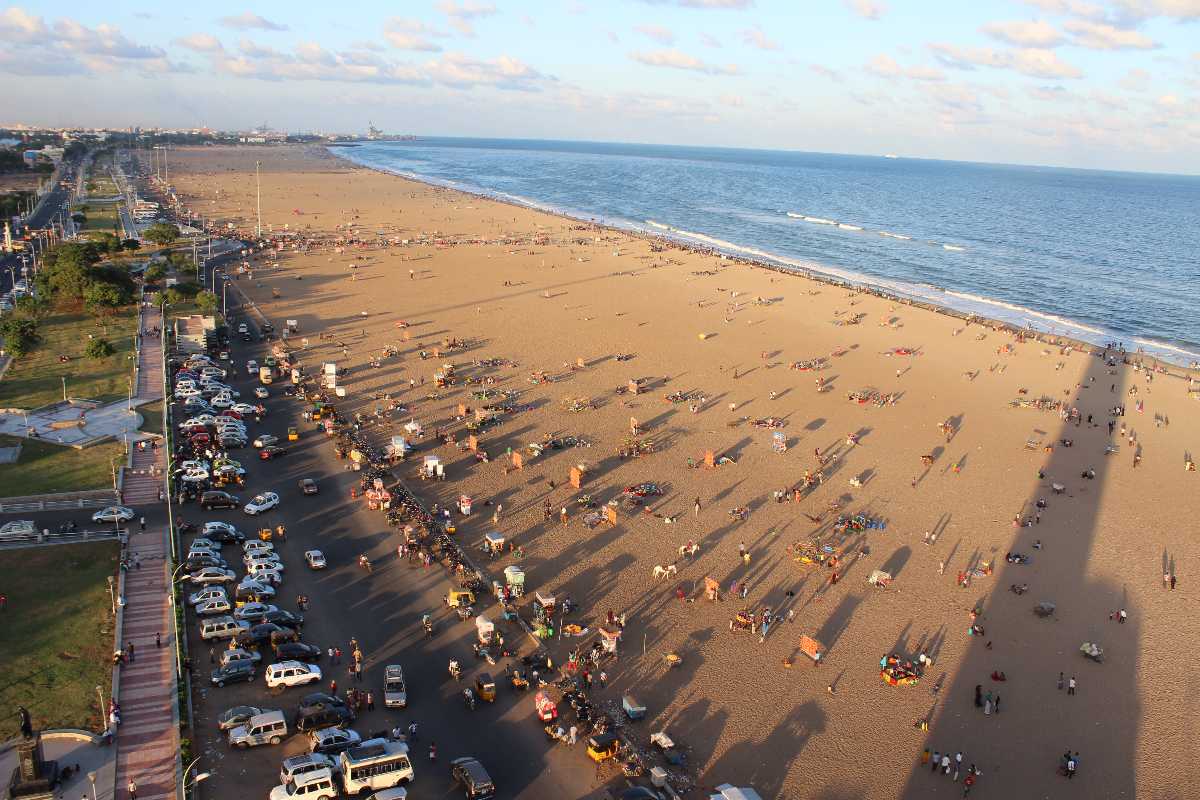
Situated in the city of Chennai in Tamil Nadu, Marina Beach is a natural urban beach along the Bay of Bengal. The beach is stretched out to a distance of 13 kilometres making it the longest natural urban beach in the country, second largest in the world and also the most crowded beach in India with almost 30,000 visitors a day.
With a white sandy shore that looks as though extending to infinity, the landscape of Marina Beach is a mesmerising and serene sight to behold. The beach has a primarily sandy terrain and is dotted with plenty of merry-go-rounds and shops selling souvenirs. You could take a walk along the Marina beach with your near and dear ones or even all alone and enjoy the cool evening sea breeze along with a hot plate of crispy sundal and murukku. Watching the sun crawl upwards into the sky or even disappear into the ocean from the beach, is an awe-striking and enchanting experience.

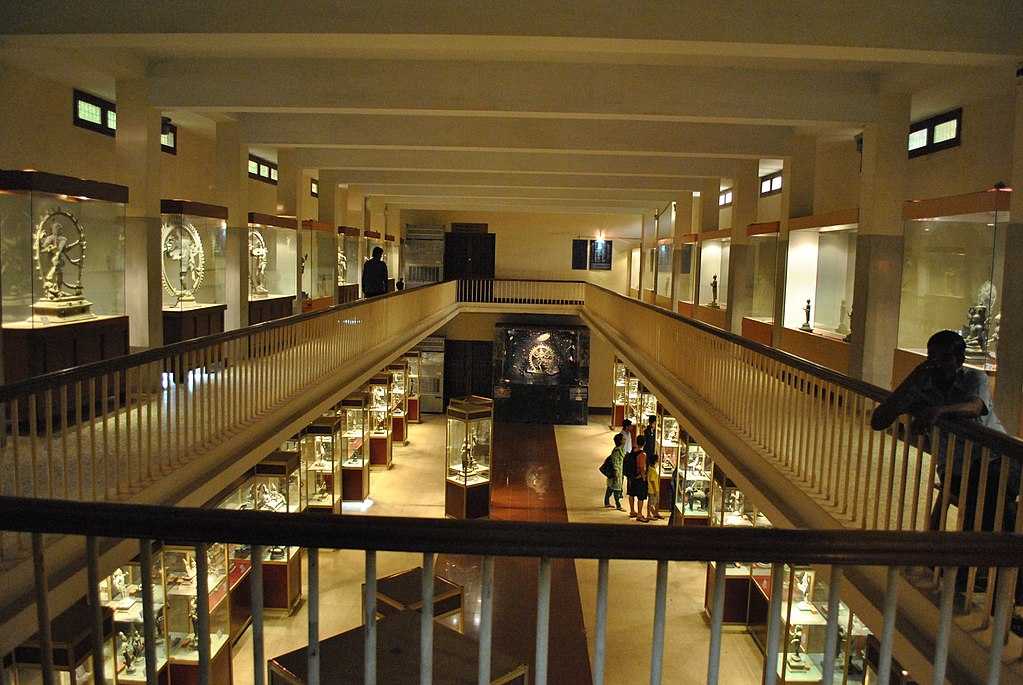
Government Museum was established in 1851 and is the second oldest museum in the country after the Indian Museum in Kolkata. Situated in Egmore suburb of Chennai, it is built in the Indo-Sarcenic style and houses a rich collection of the works of Raja Ravi Varma.
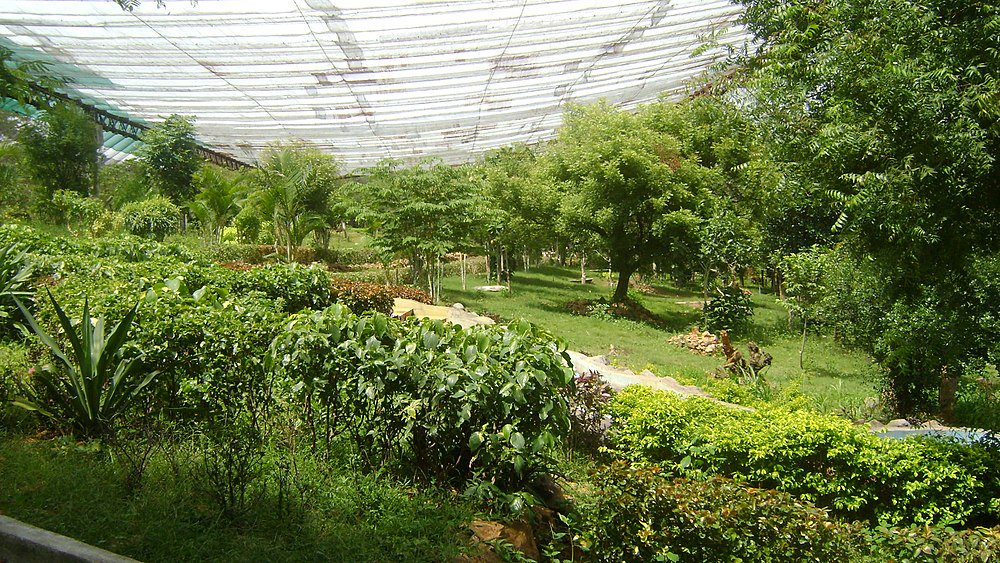

Perhaps one of the most popular picnic spots in Vandalur, Kanchipuram District, the Arignar Zoological Park is an amazing place to discover the flora and fauna of the region. A favourite weekend spot with both children and adults alike, the Arignar Zoo is situated at a distance of 32 kilometres from Chennai city. It is the largest zoo of its kind in South East Asia and is sprawled over an area of 1260 acres. In addition to having an extensive collection of endemic and exotic animals, visitors can experience the wild first hand with a trip to safari parks where lions and deer can be easily spotted.
Housing as many as 138 different species of organisms, this destination is every nature lover's paradise. Arinagar Anna Zoological Park is home to a variety of animals such as Himalayan brown bear, lion, tiger, elephant and Indian civit cat. The zoo also has a reptile house which houses various species of reptiles including the king cobra, python, viper any much more. In addition to this, they have a small built-in Jurassic park which just adds on to the excitement. Elephant joy rides, children's park and an education centre are amongst the other special features of the park.
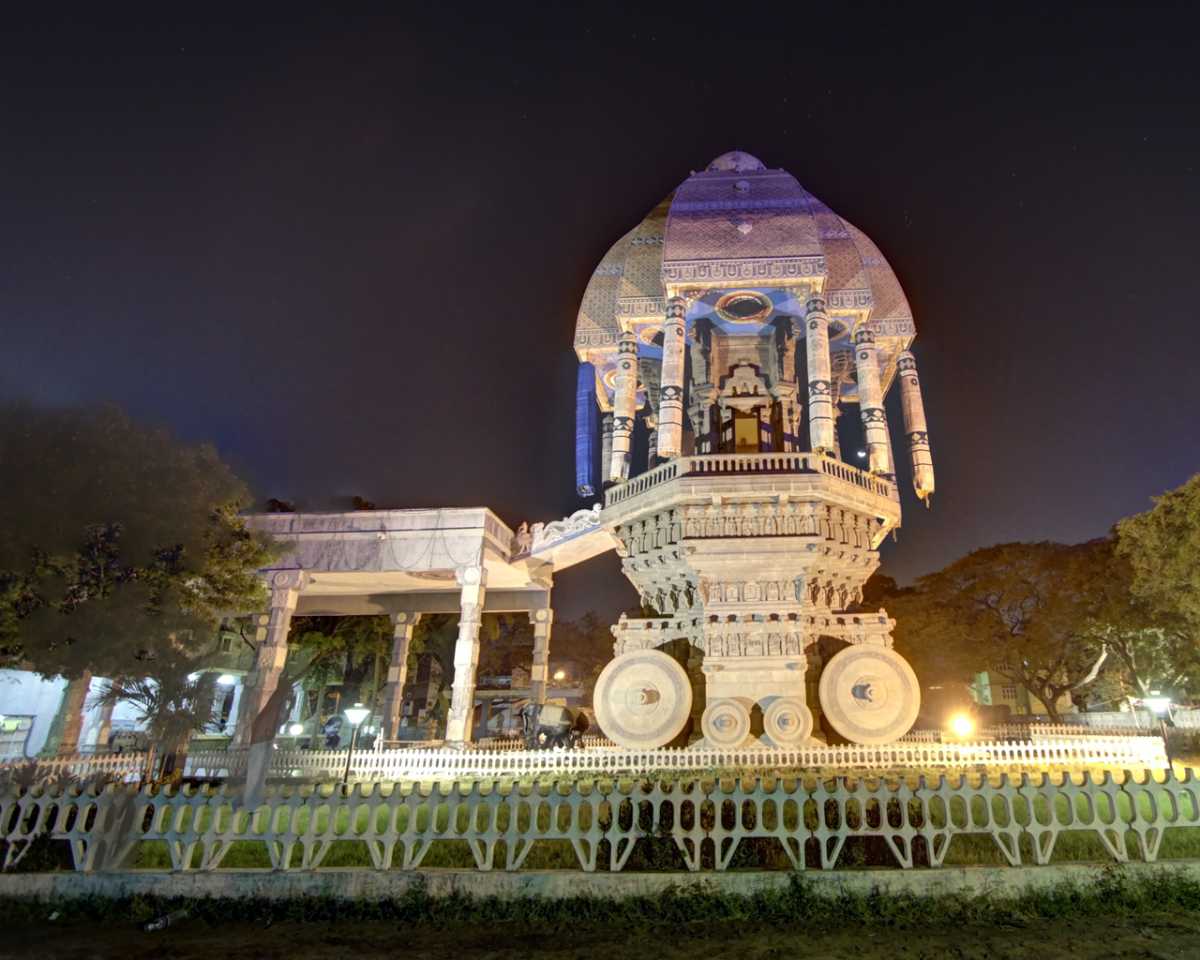

Valluvar Kottam is a temple chariot like-monument in Chennai, built to honour the renowned classical Tamil poet and saint, Thiruvalluvar. This intricately designed monument was built by Kalaignar M.Karunanidhi during the 1970s to honour the contributions of Thiruvalluvar. A popular Tamil poet and philosopher, he has been attributed with the creation of Thirukkurals which are hailed as one of the greatest works of Tamil literature. Valluvar Kottam is known for its great architecture, built with innovative layouts and well-thought execution. The sublime beauty of Valluvar Kottam is best experienced during the morning hours when the city is just waking up to the day, or you can make a visit to this destination during the evening hours when the sun is just setting over the horizon. The magnificent design of the Valluvar Kottam is a wonderful sight to behold, which makes it the perfect destination to click a few pictures.
In addition to being an important tourist destination in the city, Valluvar Kottam also plays host to some of the most important exhibitions and events in the city. Handlooms and handicrafts are regularly hosted in the auditorium here which is an air-conditioned facility and is a good way to spend a few hours admiring the artistic beauty of both the what lays inside and outside. The monument is complimented perfectly by a temple car, which is fixed to the floor but is a delightful addition to the edifice. Another interesting fact about the Valluvar Kottam is that you can also see a few saplings here which were planted here by Mother Teresa herself, and are marked by a stone plate marking the year 1984.
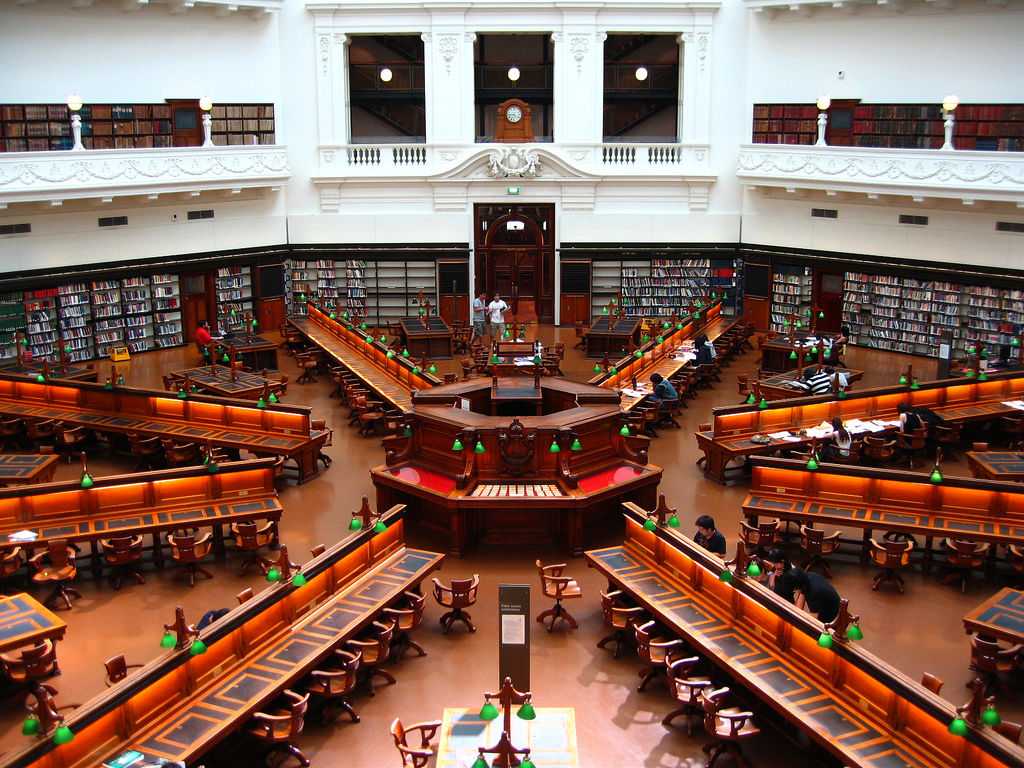
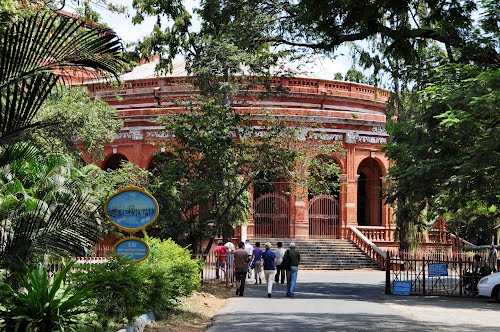
The year 1896 witnessed the inauguration of a new and remarkable landmark in the city of Chennai- the Connemara Library, which is a treasure trove of books, newspapers, periodicals and other related texts. A library is a place where you will unquestionably find every text that you can look for. The Connemara Public Library is one of the four national depository libraries of the country and hence, it receives copies of all books and other texts that published in India. Its history dates back to over a hundred years, and till date, the library remains a repository of century-old publications.
The fantastic collection at the Connemara Library includes books, journals, magazines and Braille manuscripts among other texts. Located at Egmore in Chennai, Tamil Nadu, it forms a small part of the Madras museum as well. A new building was added to the library in the year 1973. This new structure boasts of a vast collection of textbooks that a visitor might be looking for. The building has a video room, a periodical hall, a reference room and an entire floor that is solely dedicated to Indian books. The total collection of books in the library goes up to beyond six lakh copies! The Connemara Library has everything that a literature geek or book lover could wish for. It is thus in no way an overstatement to say that the library is a readers' heaven. That the library is well maintained adds to the grandeur of the place. The only drawback that one can think of concerning the Connemara Library is that because of the enormous collection of books; the library usually remains crowded.

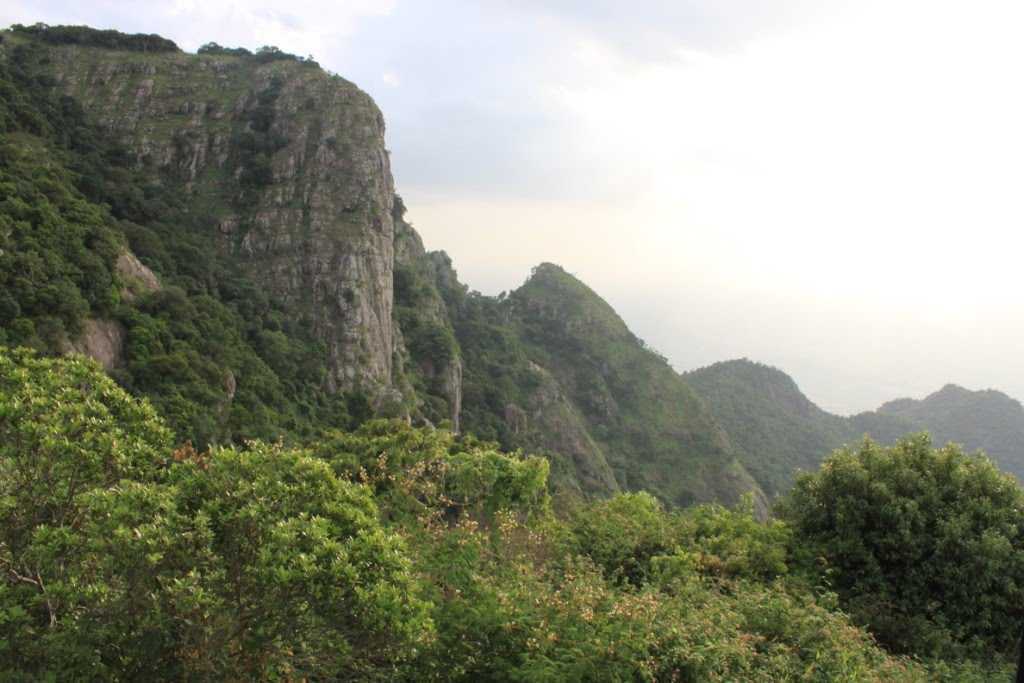
With an ominous name which means ‘Mountain of Death’, Kolli Hills or Kolli Malai are a mountain range located in the Namakkal district of Tamil Nadu. It is relatively untouched by commercial tourism and therefore has retained most of its natural magnificence.
The mountains are famous for not only their natural beauty but also have religious significance because of the Arappaleshwar Temple which is dedicated to Lord Shiva. The peak is accessible via road as well and the road leading up to it is winding with several twists and turns.
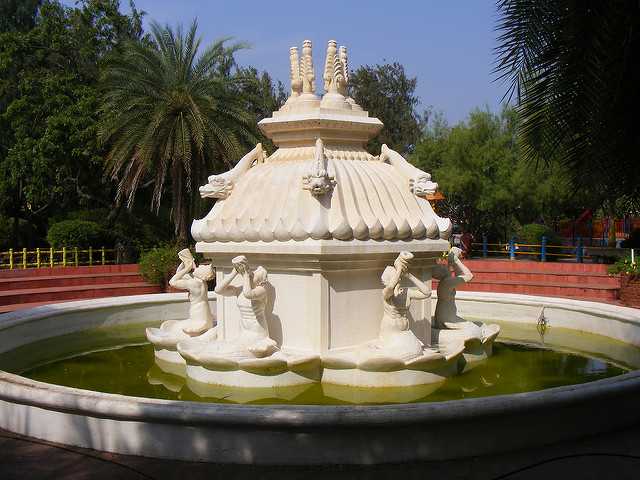
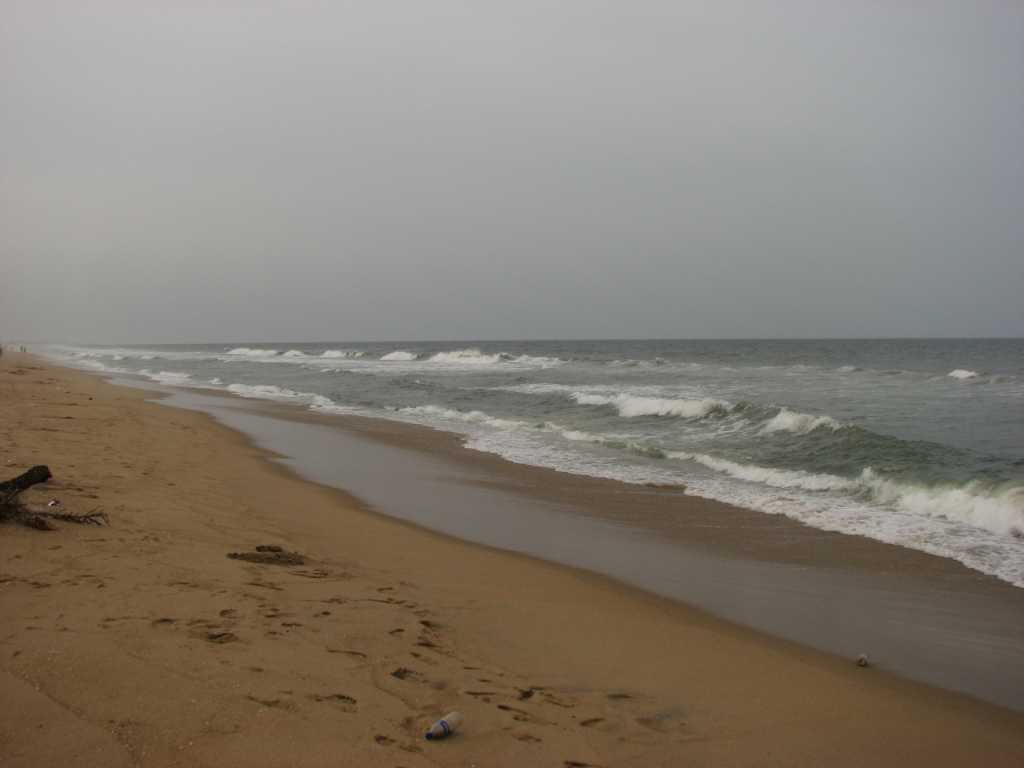
Considered as one of the cleanest and beautiful beaches in Chennai, VGP Golden beach is one of the most sought-after destinations in the area by family and friends. This beach is a part of the VGP Universal Kingdom, which is a famous amusement park and lies on the East Coast Road. This mesmerising beach is an appealing part of the Bay of Bengal, with its smooth and silver sand situated on Marina, the second longest beach in the world. The surging waves of the beach and the swaying wind are like music to ears adding to the charm and beauty of this place. The place is also regarded as safe for one to indulge in the act of bathing and swimming in the fresh water shower. Due to its pristine beauty and picturesque landscape this beach is highly preferred by the masses and is also used as a shooting location for movies frequently.
It is a private beach with the uniqueness of an amusement park attached to it namely the VGP Universal Kingdom with a spectacular backdrop of pristine waters. One will witness several people on morning walks or spending time with their loved ones at this beach. The beach is perfect for surfing as well. Children especially love this beach. They can take a cooling dip in the sea, build sand castles or hunt for treasures on the shore. There is no dearth of the fun activities here. The theme park at the VGP Golden Beach also offers an enjoyable experience for the visitors. It is a complete family destination with thrilling adventure rides for both kids and adults. There are many water based rides here as well.
The most popular attractions include the VGP 2000 millennium Tower, Paneer fort and the Statue Man. The park is ideally accessible from the airport, railway station as well as the bus stand. The various amenities available here are online booking of tickets, wheelchair facility, use of debit and credit cards for payments, three food outlets, costume renting, locker facilities, first aid and group discounts. The overall park has 3 sections- the Universal Kingdom, the Aqua Kingdom and the Snow Kingdom.
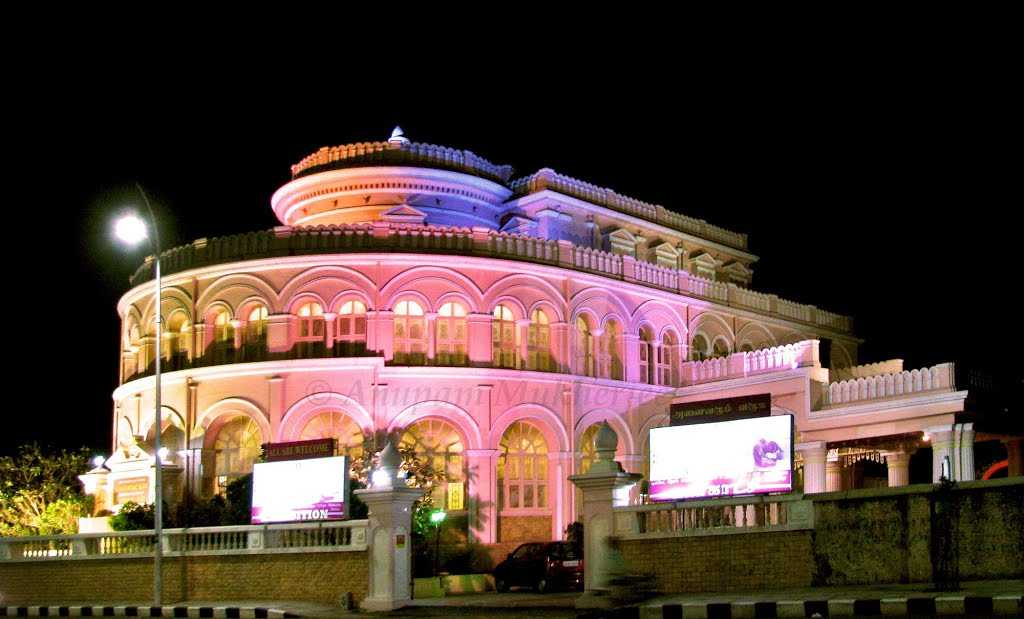
Vivekananda House also popularly known as The Ice House, is a shrine and pilgrimage centre for the admirers and followers of Swami Vivekananda. It is in this house that Swami Vivekananda stayed for six weeks in 1900.
Built way back in 1877 or much earlier, the two-story house is a chef d'oeuvre of Victorian architecture with its distinctive designs of sunburst and saddleback roofs. The bedroom where Vivekananda spent six weeks is now a safe haven for all those who want to meditate and attain inner peace. When here, you can see the table at which he dined, placed beautifully downstairs near the fireplace. Devotees can stroll through the kitchen where he cooked his simple food, the parlor where he spoke and the garden where he frequently played with the children. These materiallistic reminders of the life of Swami Vivekananda breath a new life into the eminent yet simple principles for which he stood all along his life.
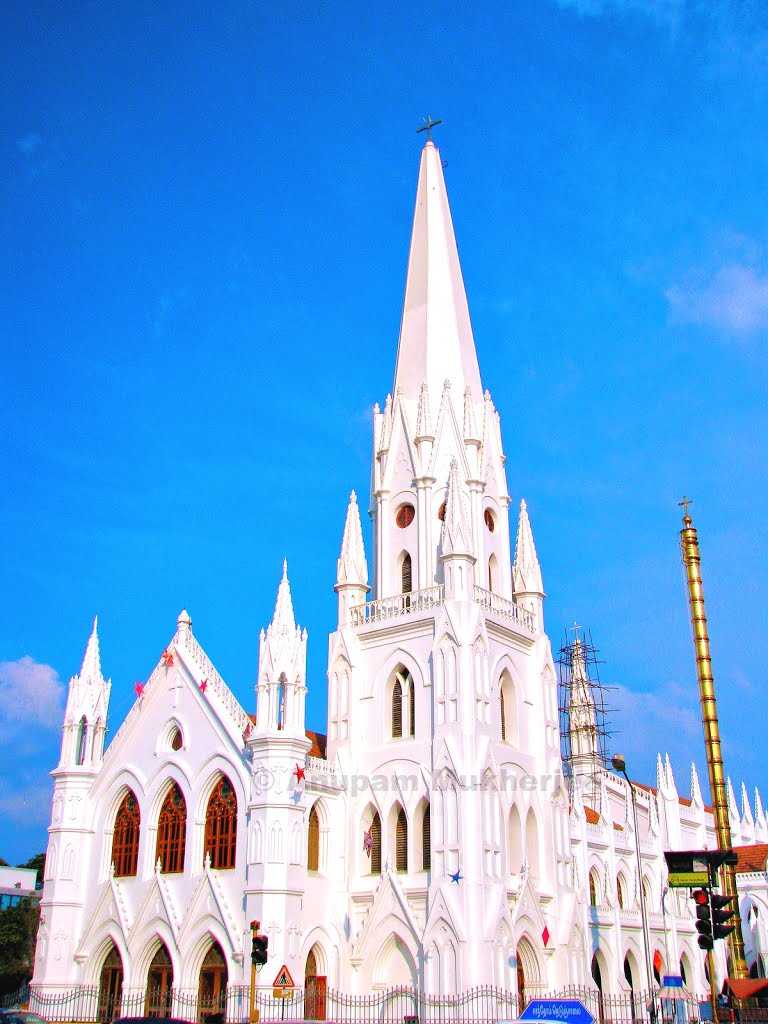
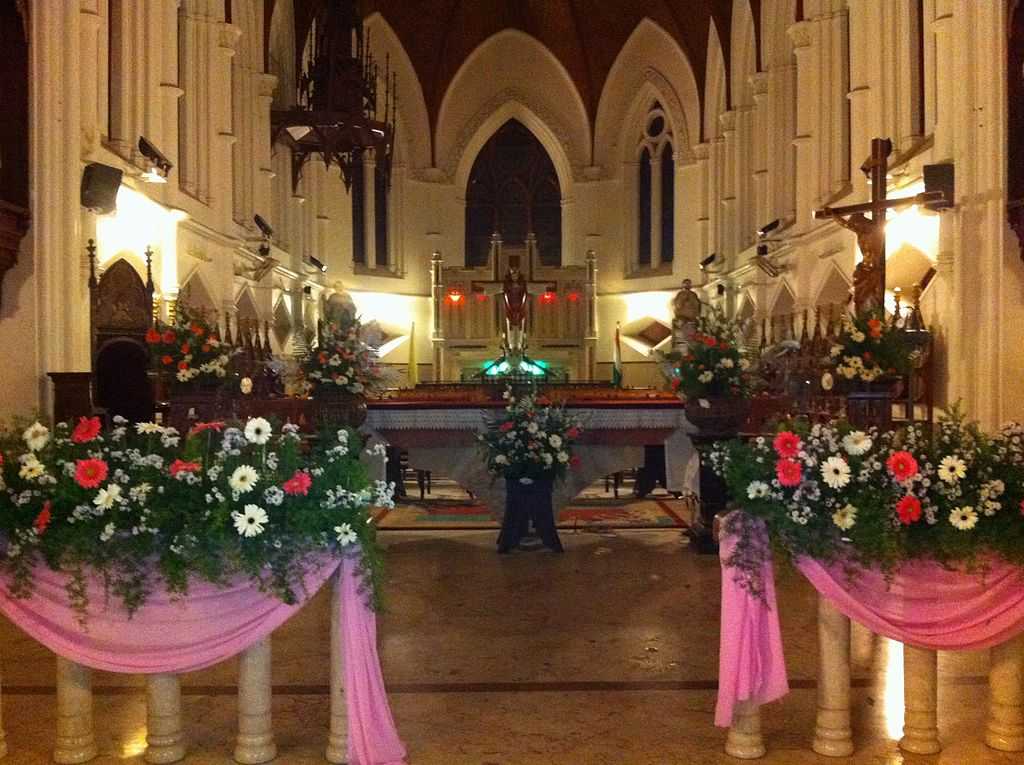
Santhome Cathedral is a historical and ancient pilgrim centre, which was built during the 14th to the 15th century A D by the then reigning, Portuguese.
The cathedral, near Chennai beach, got its name from St Thomas, the apostle of Jesus Christ. A museum is located in the grounds nearby. It was designed in Neo-Gothic style, favoured by British architects in the late 19th century. The main attraction of the museum is a 16th century map of South Asia. Santhome Cathedral is one of the prominent attractions in Chennai. People with Christian faith visits this place and attend the Mass.


The Madras War Cemetery, right in the heart of the city of Chennai, is a recognition of the glory as well as horrors of the war our ancestors have fought to make this world a more peaceful place. In short, it houses the last remains of around 855 martyrs who laid down their precious lives at the battlefronts in the devastating Second World War and also a Memorial stone for 1000 more who died fighting in the Great War before that. In 1952, the Commonwealth War Graves Commission and the Indian Government together established this cemetery to commemorate those who died to save our lives. Among the tombstones, there are three non-World War martyrs and a small memorial for a sea merchant as well. It must be remembered that the headstones are not only of soldiers who fought but of doctors, nurses and other support staffs as well.
Top class maintenance by the authorities has kept the cemetery in great shape. Even though it has its roots in a sad and bloody past, the cemetery lawn feels like a serene and peaceful place for the dead to rest. It hosts the Armistice Day homage every year on November 11 with wreath offerings and Guard of Honours. Anybody interested in war-time history or wants to pay their respect to the martyrs should visit the Madras War Cemetery. It is not only a remembrance but a tangible proof of the cost of war.

The Madras Crocodile Bank Trust is the brainchild of revered herpetologist and wildlife activist Romulus 'Rom' Whitaker - an initiative to keep the fading species of crocs in subcontinent safe. Initially, the Croc Bank was built to keep the crocodiles safe and help them breed and multiply until they were fit enough to be returned to their natural habitat, and thus replenish the nature's stock. However, due to lessening wilderness, this practice has been stopped. They are now given home in the Crocodile Bank itself and are open for the public six days of the week.
The Madras Crocodile Bank is not to be confused with a zoo. Yes, you can certainly take a look at the reptiles in captivity. However, unlike a zoo, this has a much more in-depth operation through ex-situ and in-situ conservation. Right now, it is home to around 17 croc subspecies and some other reptiles like frogs, lizards, snakes, and turtles as well, some of which have been listed by IUCN as critically endangered. Visitors can witness all these slithering species at one place and also indulge in the various fun activities that the park has arranged for its guests like the night safari, guided tours, and feeding programmes. The Croc Bank is a great place to spend a day of learning, witnessing rare wilderness and having fun at the same time. If you are a wildlife enthusiast and activist and want to make a difference, you can volunteer for programmes, make donations or adopt an animal too from the Madras Crocodile Bank Trust.
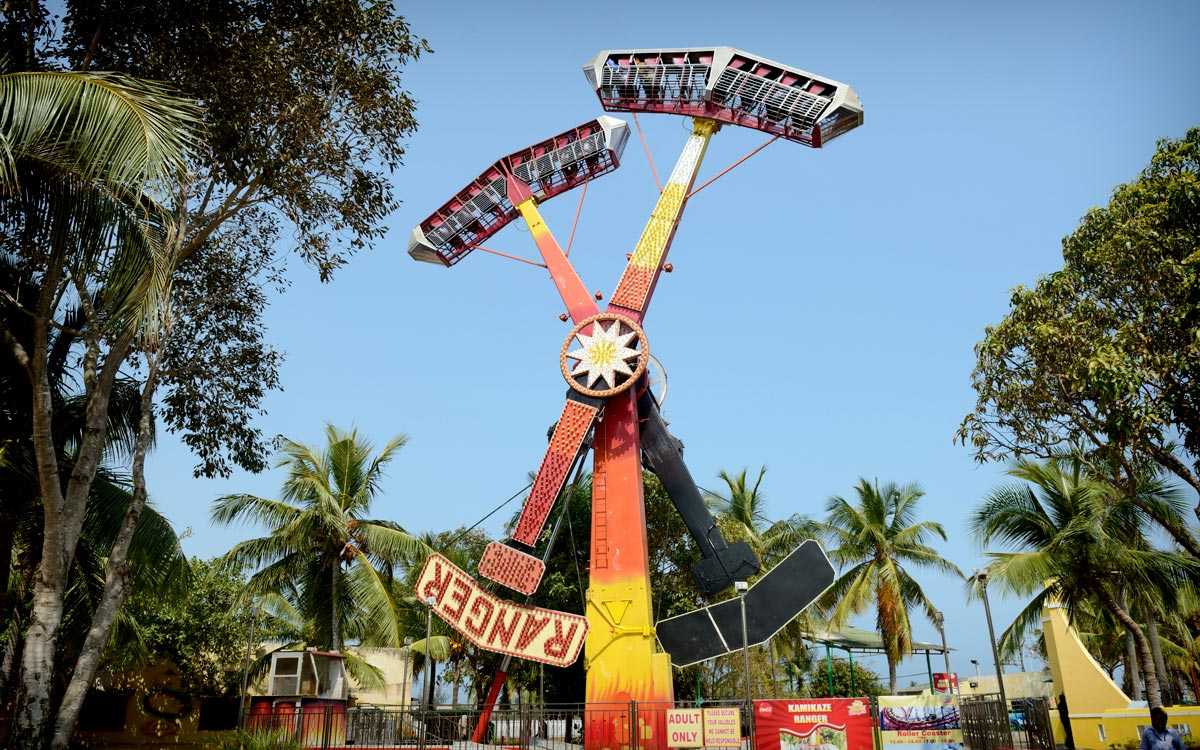
MGM Dizzee World is one of the largest and oldest amusement parks in India. It boasts of having had given its visitors some unique experiences, many of which were first-timers. It brought Jurong's Bird Show from Singapore to India way back in 1999. It also had a hot air balloon ride in 1998, and even though it sounds unbelievable, there were arrangements for picking up and dropping visitors on a helicopter back in 2000 - probably the first time in the history of entertainment park business.
All the rides in MGM Dizzee World are created and engineered keeping in mind the visitors' enjoyment. There are extreme level thrill rides, but nice and enjoyable ones are there too. The park has something for all age group. There are a plethora of children's rides scattered all around the park, as well as activities that other members of the family can enjoy. The amusement park offers an ideal venue for a tremendous day-out excursion with your family and kids. It also has an aqua park, fitted with various fun-filled rides and activities like artificial ocean waves, which you can enjoy with your friends and family.
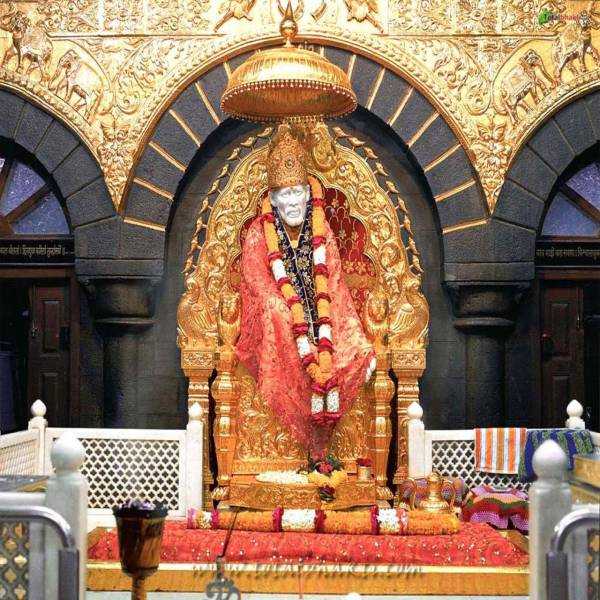
Shirdi Sai Baba temple in Chennai is among the most visited and respected places of worship In Tamil Nadu as well as India. The resident deity of the temple, Sai Baba of Shirdi, was an esteemed saint of the 18th century and the stories of his origin and teachings are mostly born out of folklore. However, Sai Baba later became the center of a cult called All India Sai Samaj, and the temple acts as the headquarters for the community. The Samaj was found in the 1940s by Narasimha Swamiji, and the same person founded the temple as well in 1952. The temple now has followers and devotees in hundreds of thousands. Every year, a large number of people pay their tributes to the mysterious saint - even celebrities and public figures are a part of his following.
Sai Baba is recognised as one of those spiritual reformers who does not have ties to any particular god of any religion but is a figure of worship himself. So, there are no religious restrictions imposed upon those who visit the temple. In fact, this temple has fixed days and hours for reading Islamic text Quran and the book of Christianity, the Holy Bible - something that you will not find in any other spiritual establishment.
Another unique feature of the Sai Baba Temple is that it still has a part of the flame that was lit by Sai Baba in Shirdi to mark his contribution to the society. Every Sunday, devotees pay tribute to Sai Baba and his work by worshipping the flame with Agni Puja. The temple offers a peaceful retreat for anyone, whether or not they are followers of the saint. The premises welcome people of any faith with open arms. Anyone who takes an interest in listening to holy texts or spiritual songs can spend some time here in the calm and serene environment.
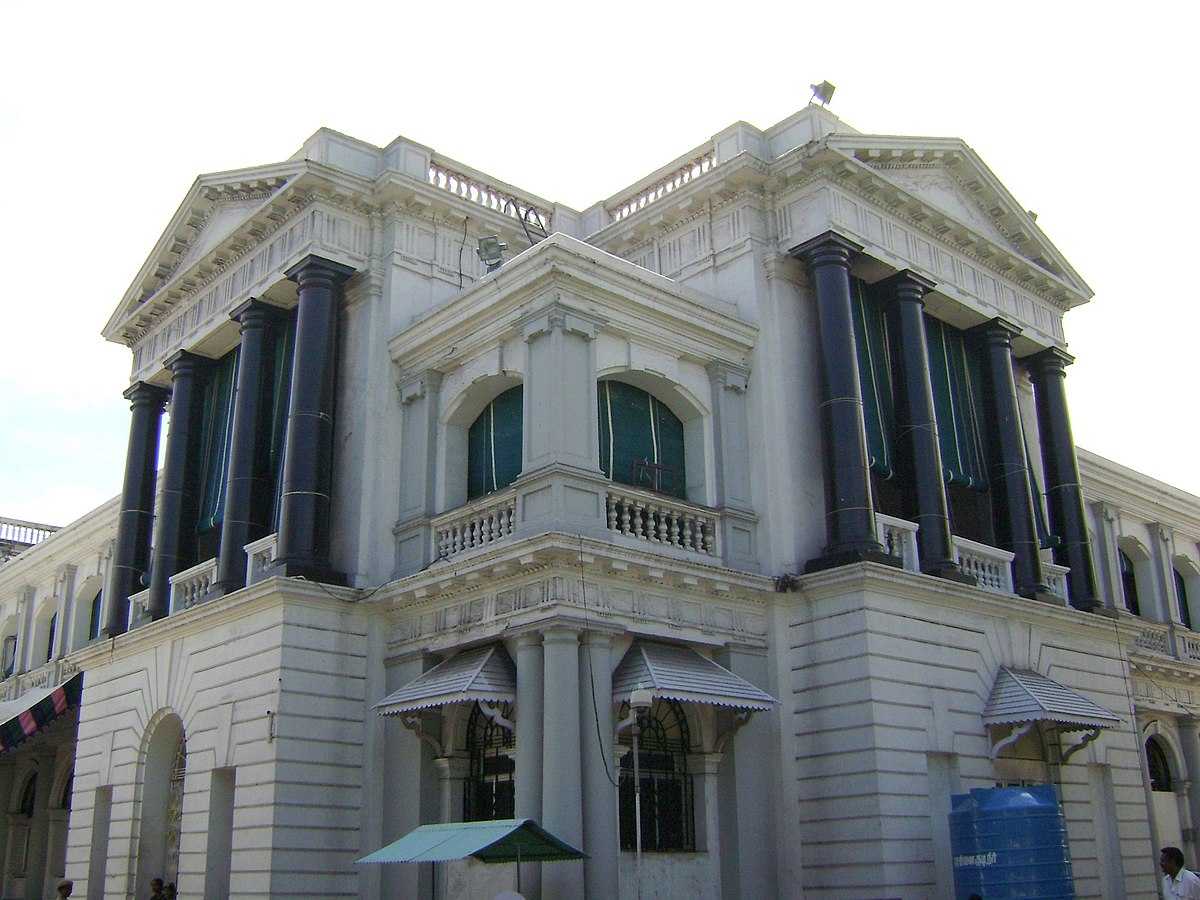
The origin of the great white structure of Fort St. George is inextricable from the history of the city of Chennai itself. Popularly called the 'White Town', the sole purpose of establishing the massive fort compound was to establish a British stronghold in the Coromandel Coast and the rest of south India. With Fort St. George as a British headquarter, it was easier to develop the many small towns and villages in Tamil Nadu. The now bustling city of Chennai grew up around this fort during this time, under the British-conferred name Madras. The magnificent fort happens to be the first in many aspects in the entire era or British rule in India. The fort itself is the first British garrison settlement in India. It also houses the first British official residential complex, the Clive House which was the home of the Commander-in-chief and the orchestrator of British India, Lord Robert Clive. St Mary's Church inside the fortress is also the oldest Anglican Church, not only in India but among all the landmasses east of Suez. The grand fort is now protected by the Archaeological Survey of India and the station of Tamil Nadu Government. The administrative branches and legislative assembly are housed in here today. However, the church and a museum are open for the common public to visit and understand the significance of this fort in the history of India. The building which houses the museum used to be the location for the Madras Bank since 1795. However, after independence, it is serving as a large collection house of more than 3600 artefacts dating back to the entire period of the British rule - weapons, letters, coins, silverware, ceremonial dresses, medals, some personal items of the residents of the fort and many more.
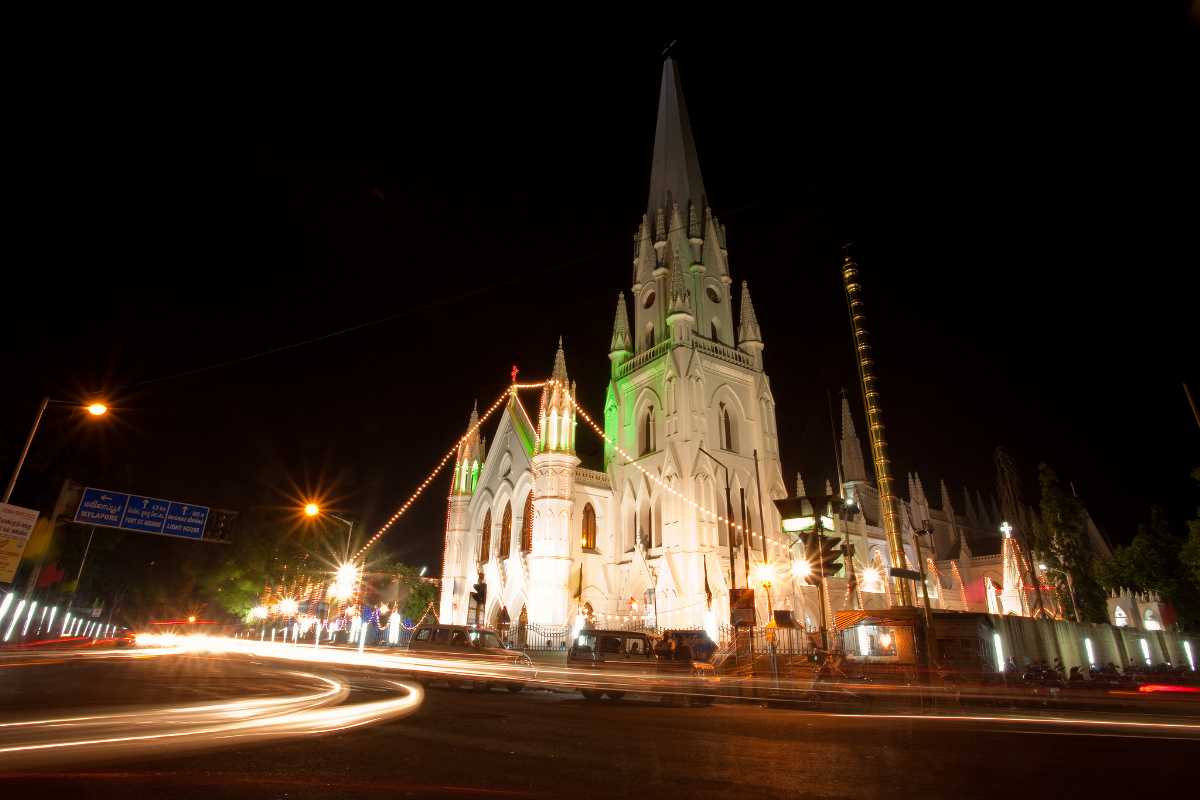
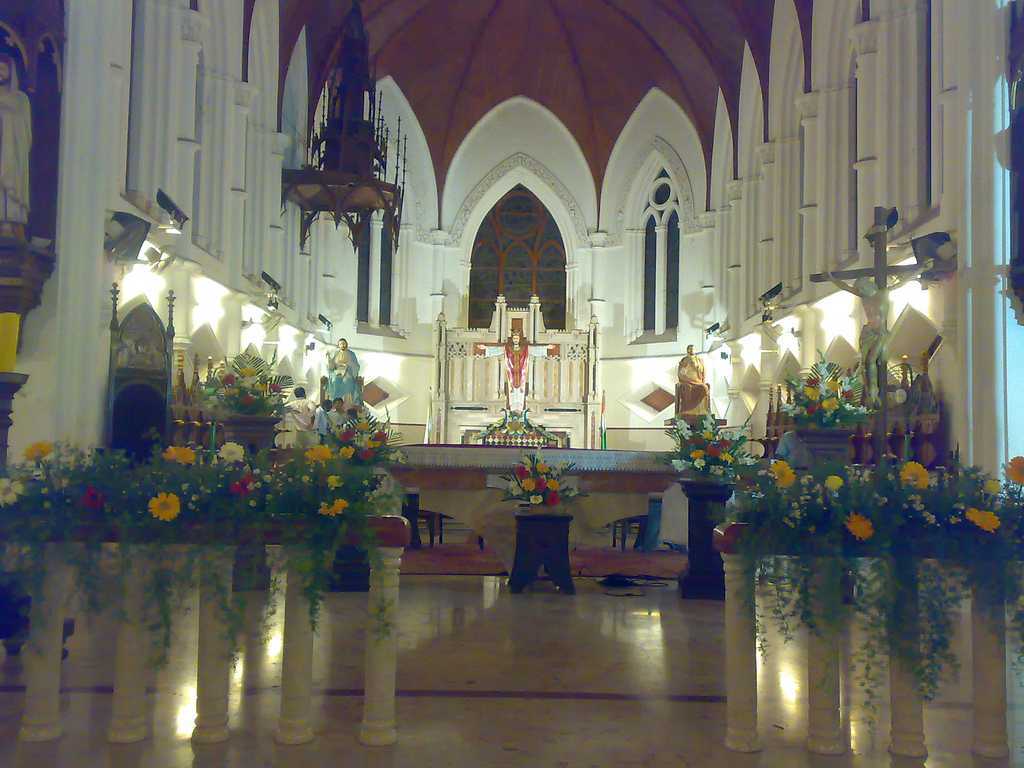
The significance of San Thome Church is unparalleled in the history of Christianity in India. The church, which was once constructed as a mausoleum in memory of Saint Thomas, has now grown to be a Basilica, as stated by the then Pope in 1956. San Thome Church is among the only three in the world that house the tombs of one of Christ's original disciples. The other two are St. Peter's Basilica in Vatican City and Santiago de Compostela Cathedral in Galicia, Spain.
If you visit the St Thomas Church in Mylapore, you will be stepping into a historical tale that will take you back a couple of centuries. Beneath the towering white structure of the basilica minor lies the last remains of the saint, who once used to be one of the twelve apostles of Christ and came over to India in 52 AD to spread the religion. He is considered to be the patron saint of Christianity in India, as he converted a large population of locals in Kerala and Tamil Nadu with his wise words and preaching, and formed the community which now calls themselves Syrian Christians. The museum inside the church displays souvenirs of the great saint and his legend so that the visitors can be acquainted with the glorious past of San Thome Church.
Express Avenue is a mall in Royapettah of Chennai, owned, developed and promoted by Express Infrastructure. Inaugurated in 2010, the mall stands on a total land area of around 10 acres. The premise includes commercial and hospitality sectors as well. E Hotel is the name of the 4-star boutique luxury-lodging, which caters to the guests all year long with its 44 room capacity but the mall is the main attraction of the place. Along with numerous retail outlets and around ten anchor shops like H&M, Pantaloons, Lifestyle and Big Bazar, on different floors of the mall, Express Avenue also has the largest gaming arcade of south India - Games The Shop and the city's largest cinema multiplex Escape. The gaming shop offers consoles like PS4, PS3, PS2, PSP, Xbox 360, Nintendo Wii and NDS, as well as software for the consoles. The cineplex is an eight-screen one, designed by California based artist Giovanni Castor. The mall also has kid's play zone called Funcity and a 5D theatre by Pix.
If you are looking for good eating options, Express Avenue mall has that as well. The food court, or EA Garden, as it is called, serves at more than 25 food counters, including international chains like KFC and Pizza Hut. The other cuisines include south India, north Indian, American, Italian, street food and so on. There are lounge bars and pubs as well, like Entrée and Elixir, but they are a part of the hotel premise. You can visit them if you want to. There are parking facilities too, spread over three levels of basement and giving room to 2,000 cars and motorbikes.

Chennai could get quite hot in the summer and beating the heat would be the top priority in summers. Then why not dive into the Bay of Bengal somewhere off the coast of Chennai. Discovering a totally different world under the surface of the sea and cooling yourself at the same time is the best deal about Chennai.
Chennai offers the enchanting opportunity to dive in the clear azure waters of the ocean and to experience the mesmerising life of the underwater creatures. The breath-taking activity of scuba diving is a mystical insight that gives you those much needed underwater thrills. To experience scuba diving, you will need to undergo proper training and get acquainted with scuba equipments like masks, oxygen tanks, snorkel, fins, regulators, weights, buoyancy control devices etc. Once done, you can plunge in the deep waters to swim past the many-hued corals, brilliant fish and other jazzy marine creatures.

The tropical climate of Chennai has blessed the land with ample amount of lush greenery and equally rich wildlife. Safari in Chennai’s wildlife parks award the visitors with some amazing experiences around our neighbours of nature. Interacting with the wild animals makes us realize the true nature of wilderness. There’s a lot to learn and understand from animals.
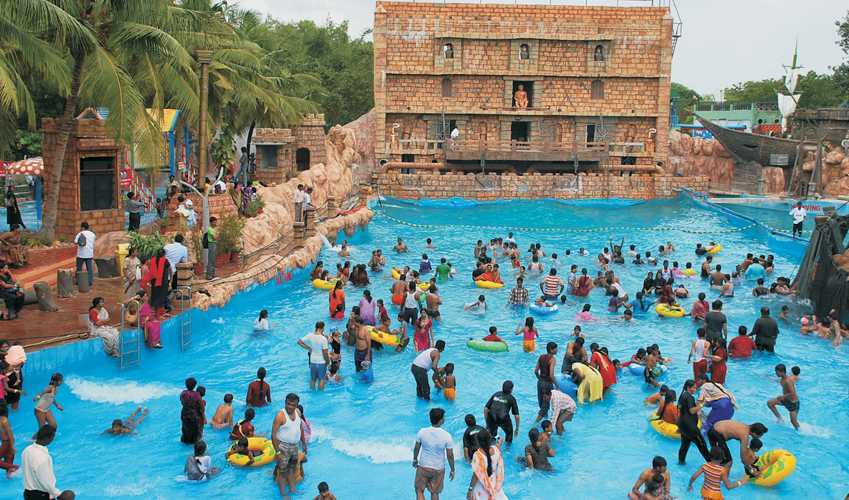
Situated in Tambaram in Chennai, Kishkinta is one of the most popular amusement theme parks in the city. With a range of rides and slides designed both for kids and adults, the spot is ideal for spending time with friends, family and loved ones.
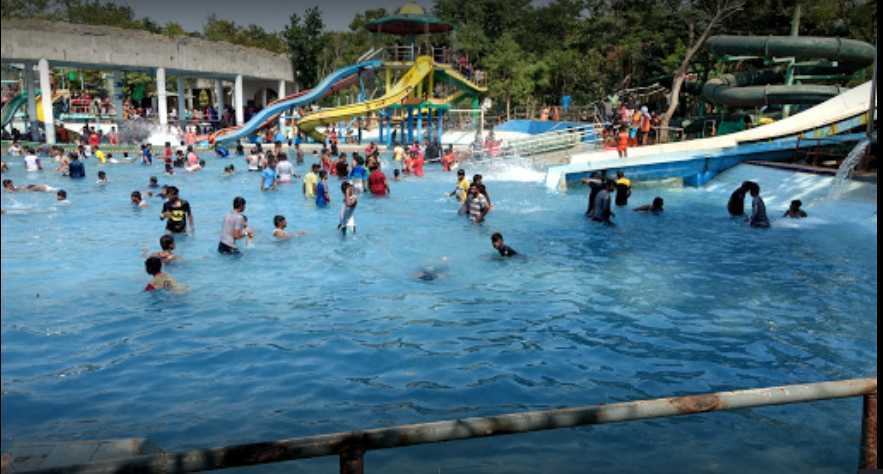
Located in Poonamallee in Chennai, Queens Land Amusement Park is spread over an area of 70 acres. Boasting of 51 magnanimous rides both water and regular, the park also has a play area, a green space and an enormous food court.
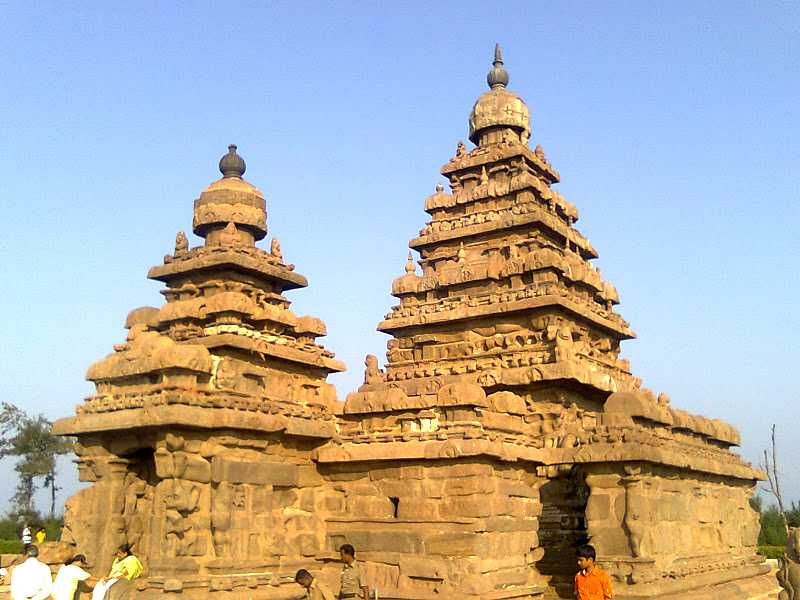
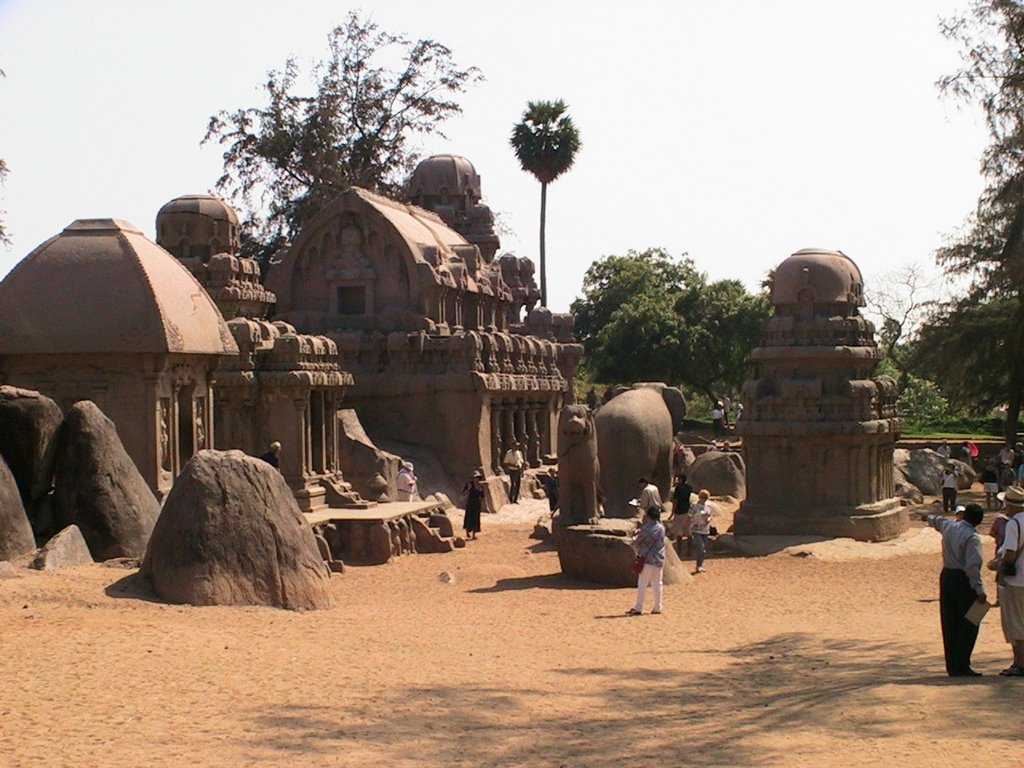
Famous for its intricately carved temples and rock-cut caves, Mamallapuram or Mahabalipuram as it is famously known, is a historically important and well-loved tourist location situated on the Coromandel Coast along the Bay of Bengal, in the state of Tamil Nadu.
Once the abode of the famous demon king Mahabali, Mahabalipuram was later renamed Mamallapuram. The serenity, the alluring atmosphere and the impressive setting with many beautiful white sandy beaches dotted with casuarina trees are all reasons as to why one would want to visit this wonderful town.
Some famous tourist spots include the UNESCO world heritage site Group of Monuments like the Shore Temple and the Five Rathas, the Crocodile Bank which is home to some exquisite species of crocodiles and alligators, and the beach resorts in Kovalam and Sadras.